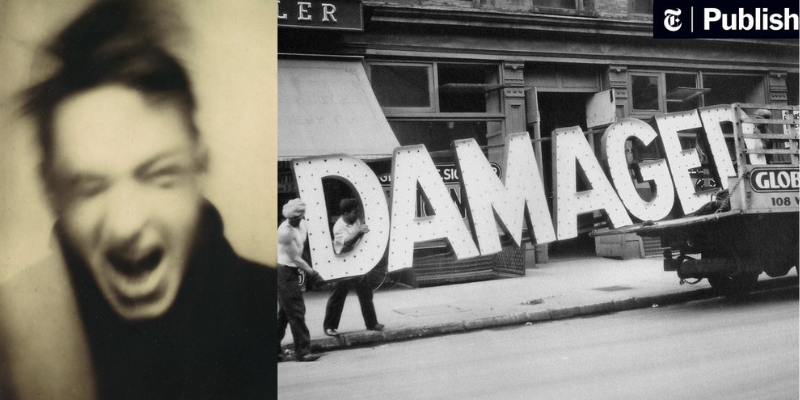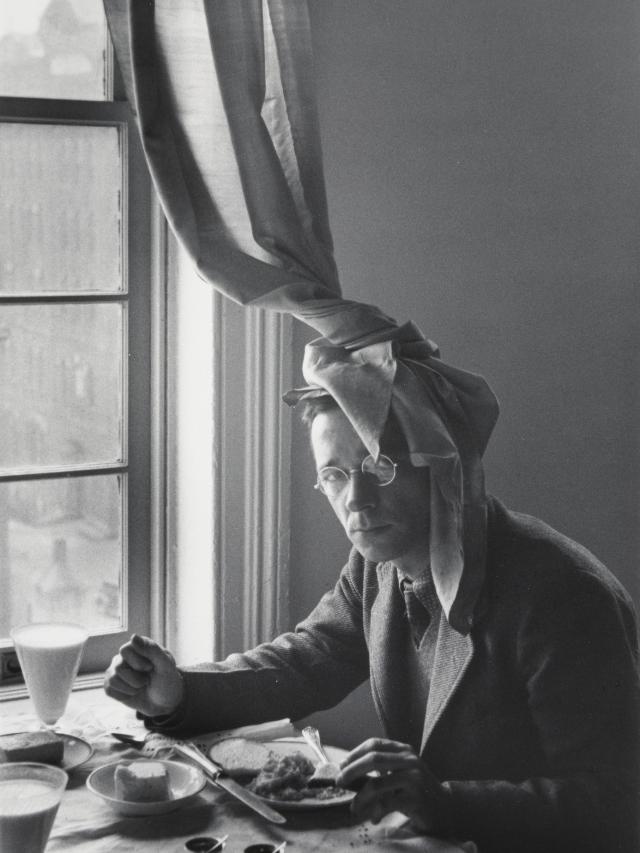Walker Evans, a well-known American photographer, transformed photography in the 20th century by capturing the spirit of working-class America with unwavering candour. His photographs, which are distinguished by their accuracy, clarity, and profound understanding of the human condition, have had an undying influence on the photographic community and influenced our perception of America’s past. This article will explore the life and creative output of this significant artist, focusing on his well-known pieces.
A Literary Beginning
Walker Evans had an early interest in the arts, especially painting, and was born in St. Louis, Missouri, on this day, November 3rd, in 1903. After a year at Williams College, he finally travelled to New York City, where he worked at the New York Public Library and bookstores. He was able to indulge in his passion for literature in this setting, reading books by well-known authors like James Joyce, D. H. Lawrence, and T. S. Eliot.

Having spent a year in Paris perfecting his French language abilities and experimenting with writing, Evans returned to New York in 1927 with the goal of becoming a writer. But it was also at this time that he started experimenting with photography, which ultimately inspired him to incorporate descriptive writing and narrative structure from literature into his photographic creations.
The Evolution of His Style
Evans’s early photography work, which focused on formalism and dynamic graphic forms, was influenced by European modernism. But as he evolved as an artist, he drew inspiration from American vernacular phrases to create a distinctive style marked by a more subdued version of realism.
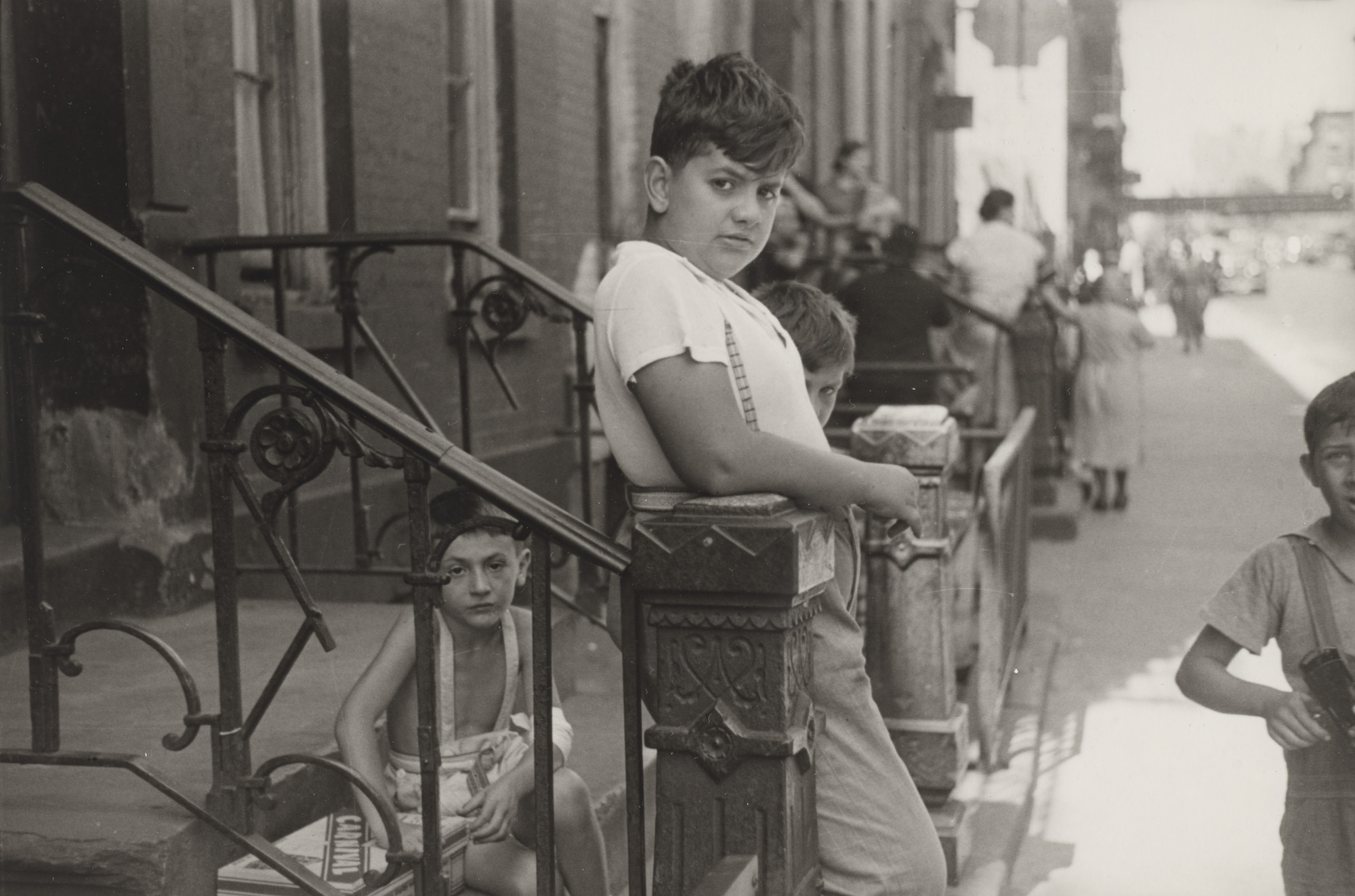
His pivotal moment came in 1935, during the height of the Great Depression, when he accepted a position with the U.S. Department of the Interior to record the lives of West Virginia’s jobless coal miners. His involvement in the Resettlement (later Farm Security) Administration resulted from this experience, and he went on to create an impressive body of work there that was centred around small-town life and the difficulties faced by rural communities during the Great Depression.
Let Us Now Praise Famous Men
In the summer of 1936, Evans worked with author James Agee on a Fortune magazine-commissioned project to photograph poor sharecropping families in Alabama. The effort eventually produced the ground-breaking book “Let Us Now Praise Famous Men” in 1941, despite Fortune’s decision not to publish the material.
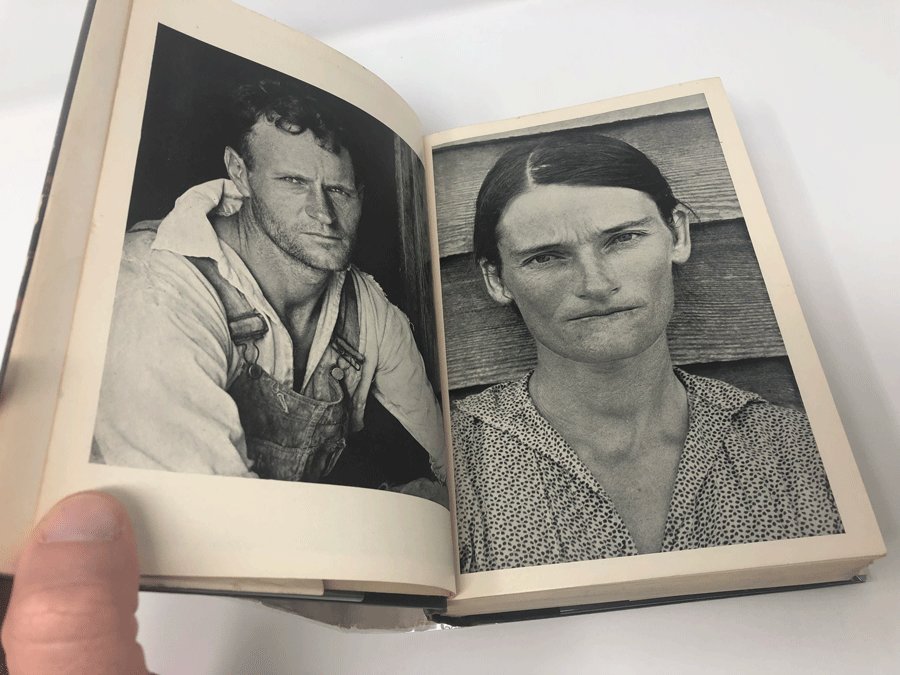
The faces, houses, and clothes of destitute farmers are depicted in a series of stark and truthful photos that capture the spirit of the Great Depression with unwavering veracity. Evans captured the hardships of common people during this difficult time in his personal and sublime images.
American Photographs
The first ten years of Evans’s photography career were retrospectived in 1938 at the Museum of Modern Art in New York City. In the field of photographic monographs, the companion book, “American Photographs,” is still considered a classic. Evans’s ability to capture the spirit of American culture in his images of people, places of worship, industrial areas, and diverse manifestations of American culture is on full display in this book.
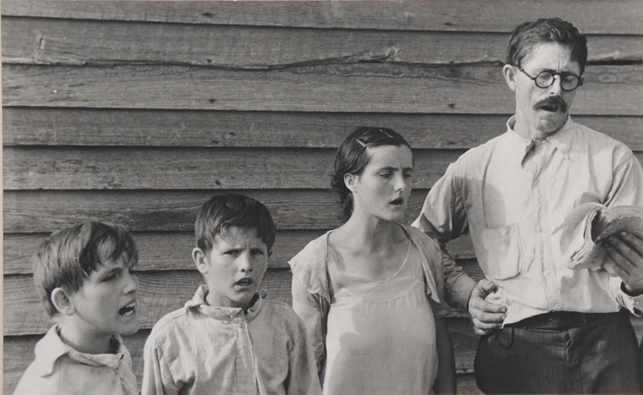
Subway Portraits
Evans started a project in 1938 and 1942 to try and capture the essence of New York City underground passengers. He took pictures of people buried in thought, reading, or engaged in deep conversation while wearing a covert camera. These unposed photos capture a moment in time of city life in motion and capture the distinct mix of intimacy and anonymity found in the tube.
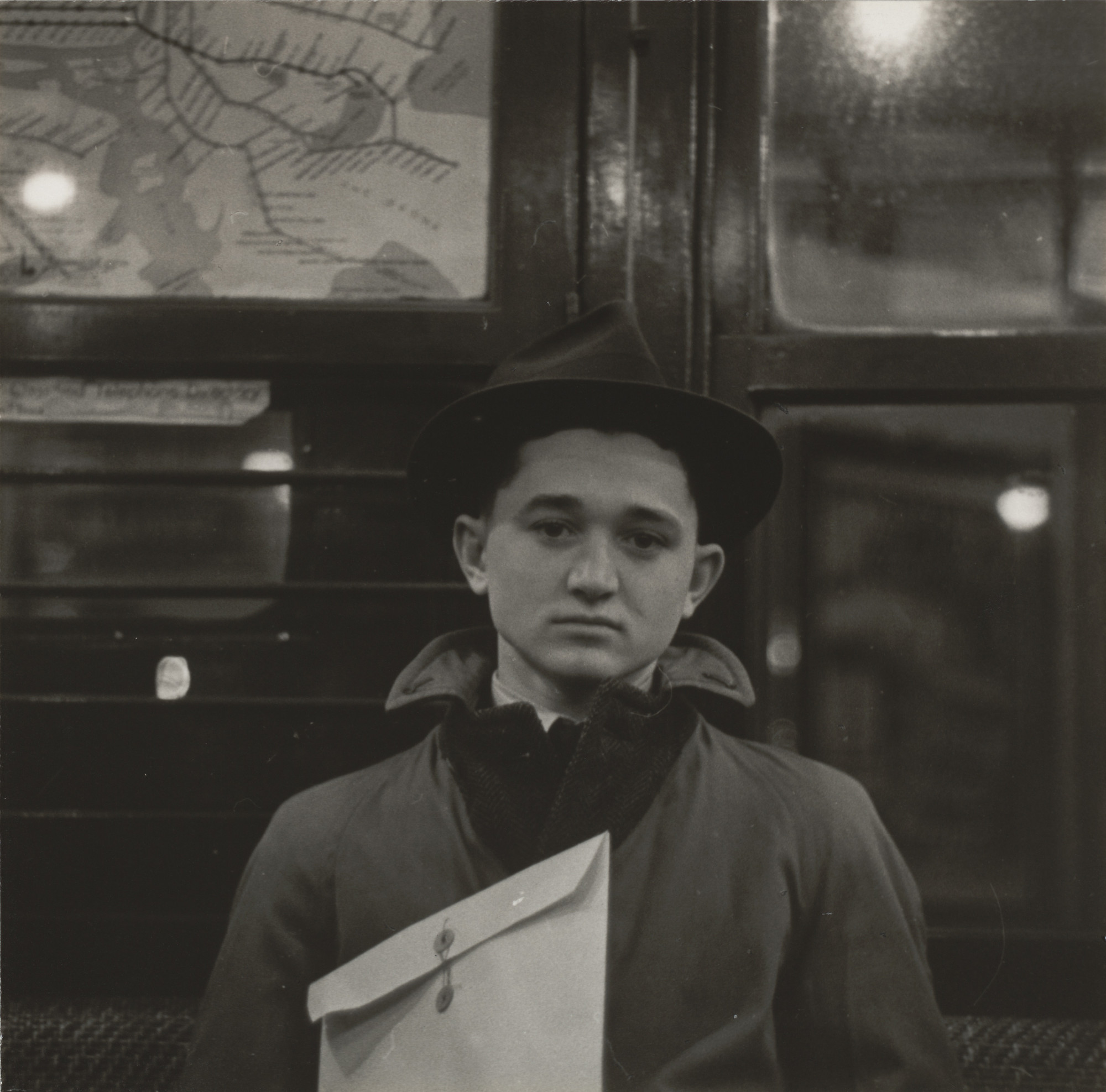
Conclusion
Walker Evans has made incalculable contributions to the field of photography. Evans’s pictures have influenced and shaped American memory going forward, from his early examination of American vernacular expressions to his later work inspired by European modernism. He is regarded as one of the finest photographers of all time for his persistent dedication to capturing the unvarnished reality of working-class life. His influence on the photographic community is still felt by both enthusiasts and artists.
Source:
- The Metropolitan Museum of Art
- The Art Story
Read Also:
Zaha Hadid: 5 Famous Buildings by the Architectural Trailblazer
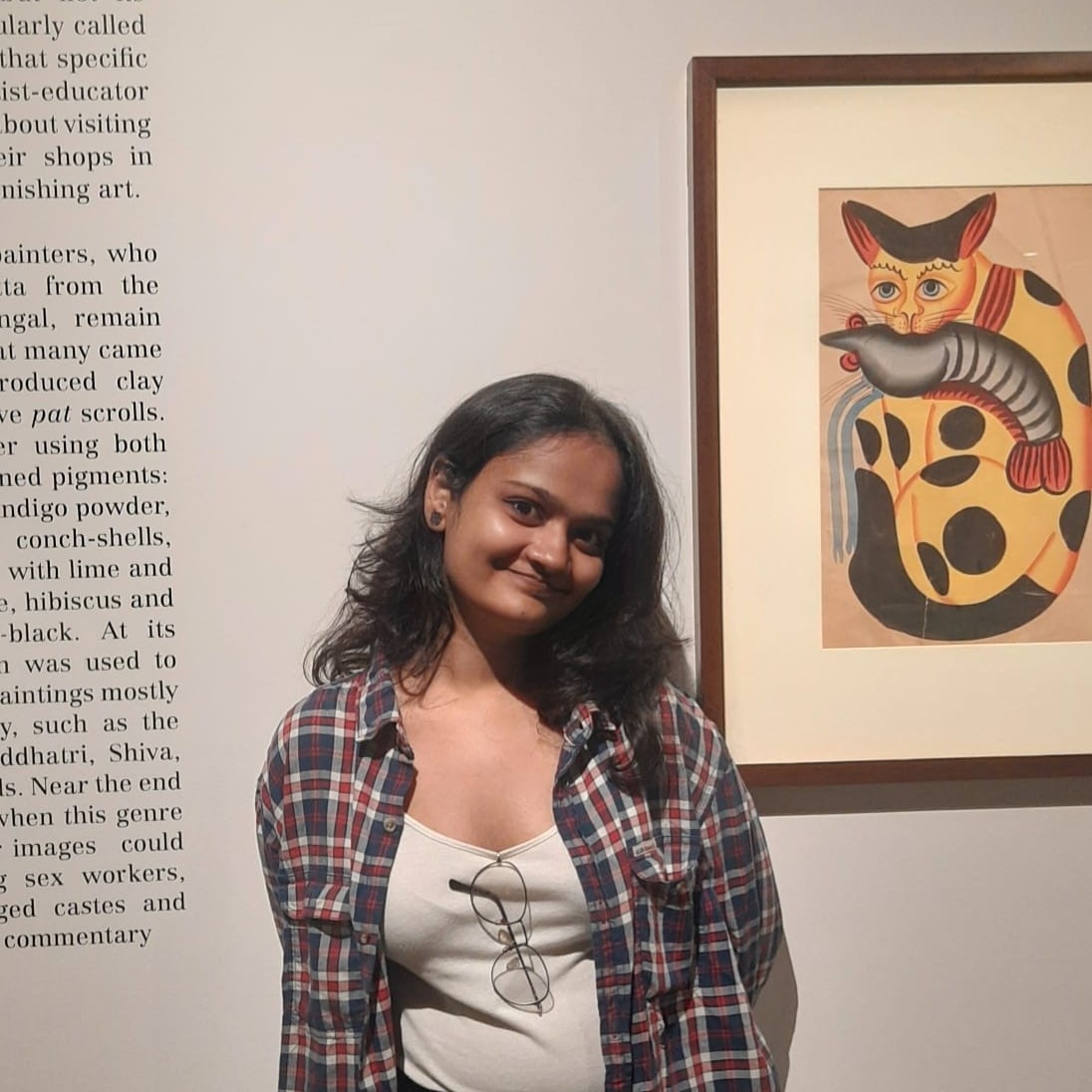
Vaishnavi Srivastava is a learning writer, a keen researcher and a literature enthusiast. She is a Sub-editor at Abir Pothi.

